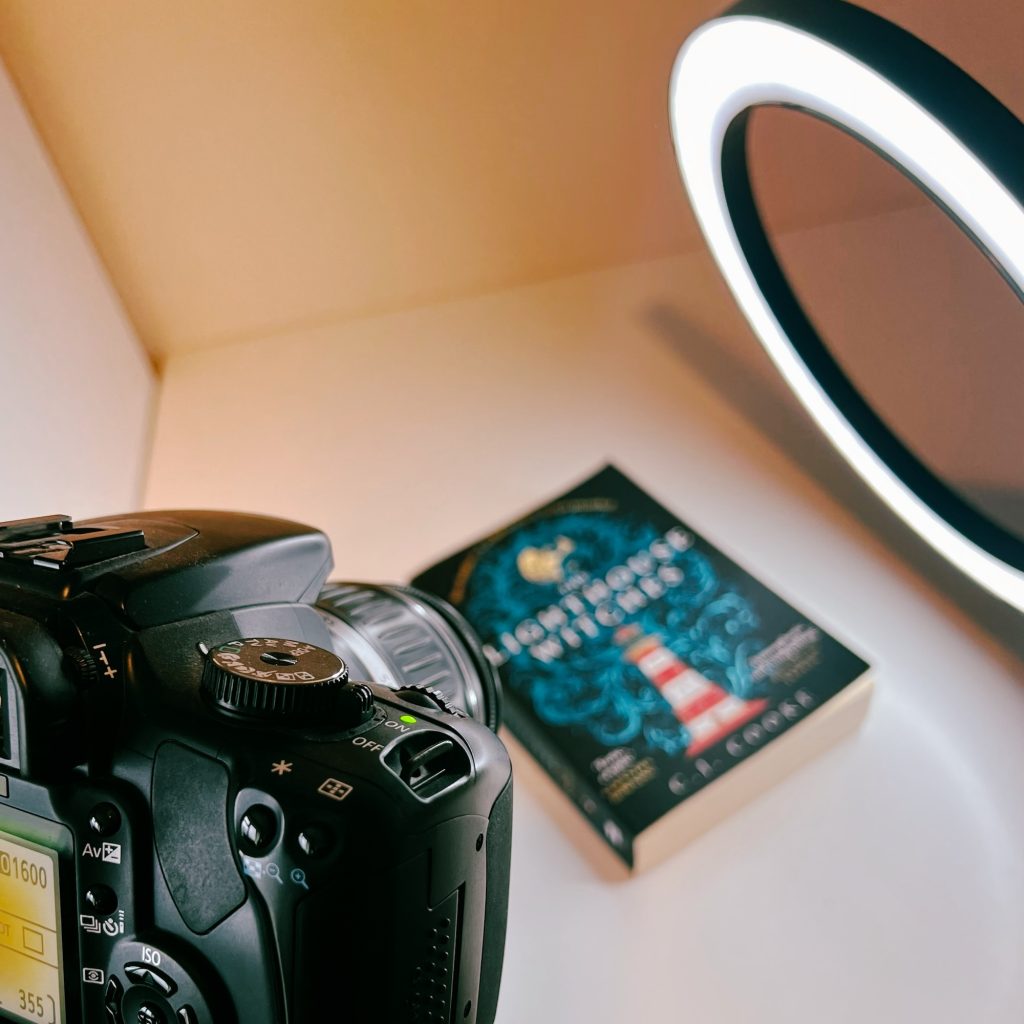Why I hate stock photos

We’ve all been there. You’re browsing through an online bookshop and you finally spot that book you’ve been hunting for. The listing shows a beautiful stock photo of a perfect copy and the description says “Very Good condition.” Sounds promising, right? So, you order it, eagerly await its arrival, and when it does, you tear it open only to find… a book that looks like it’s been through a war zone. Creased covers, folded back pages, and some mysterious stain on page 42. One person’s “Very Good” is clearly another’s “Barely Readable.” And the culprit? That deceptive stock photo.
Since setting up StrangeBooks in 2023, I’ve made it my mission to ensure this never happens to my customers. This is why I photograph every single book I sell. Flaws, quirks, and all.
Why I photograph every book
At StrangeBooks, every listing features real photos of the actual book you’ll receive. If the cover is faded, you’ll see it. If its got a creased spine or there is a handwritten birthday message from Aunt Sally inside, it’ll be right there in the images.
I spend a lot of time photographing each and every book, because I believe that transparency is the foundation of trust in secondhand retail. You don’t buy secondhand clothes or a car without seeing them first, so why do we buy books so blindly?
Taking real photos isn’t just about showing imperfections, its about celebrating a books unique history. That creasing on the spine? It’s proof that someone loved this book before you. That inscription mentioned earlier from Aunt Sally? A glimpse into the books journey. By showing the actual book, I help buyers make informed decisions and avoid the disappointment of mismatched expectations.
I get it, I really do
I understand why some sellers use stock photos. Taking multiple photographs of each and every book takes time and effort, especially for small businesses like mine where there are a multitude of tasks to do and only myself to do them! Stock images are quick and easy and make every product look uniform and professional. But, here’s the problem. When a buyer receives a book that doesn’t match the pristine stock photo, they feel like they have been mislead, and would therefore be unlikely to shop with that seller again.
At StrangeBooks, I decided from the beginning, that I would rather spend the extra time snapping photographs then risk a disappointed customer. I know that my photos may not be magazine worthy, but they are honest. A quick shot with my phone, under less than the best lighting, shows the books true condition far better than any stock image ever could. And the result? Happier customers who trust me enough to come back for more.
In an ideal world
I would love to see all sellers of secondhand books start to discourage the use of stock images. Just take those extra minutes to actually take the photographs. Your customers will appreciate it.
And to book buyers everywhere, demand better. If a listing uses stock photos, message the seller for real ones. Support shops like mine that prioritise authenticity. Lets raise the bar for how secondhand book shopping should be.
